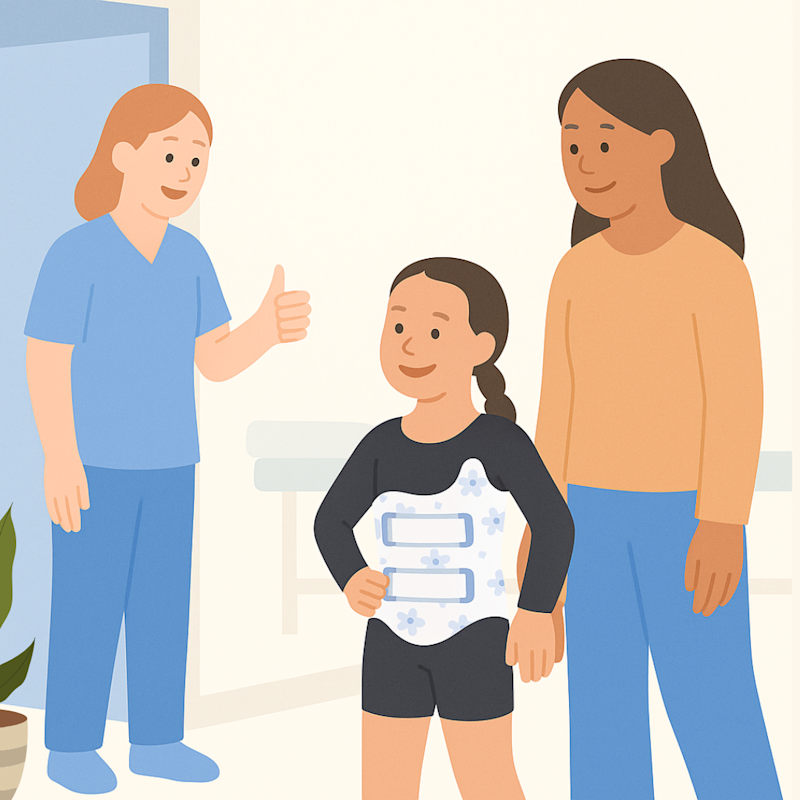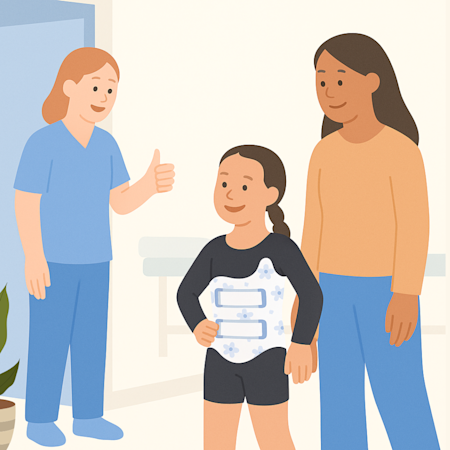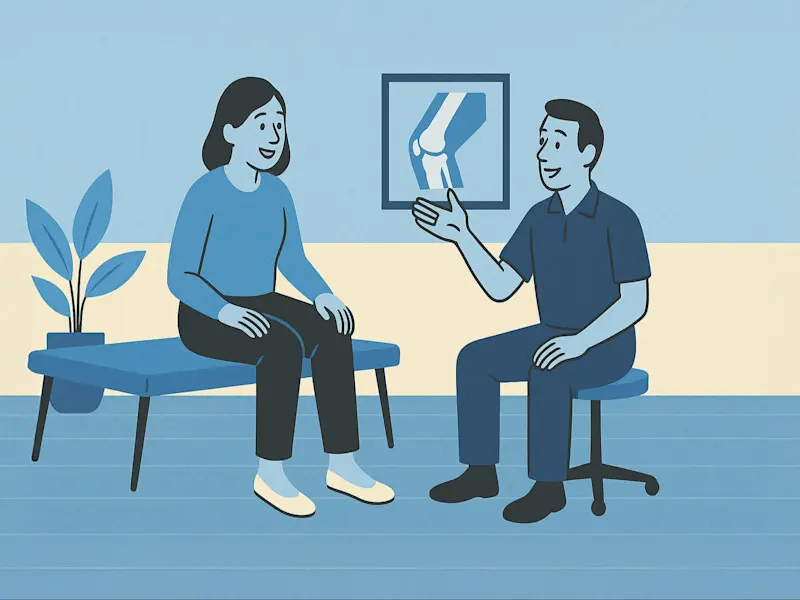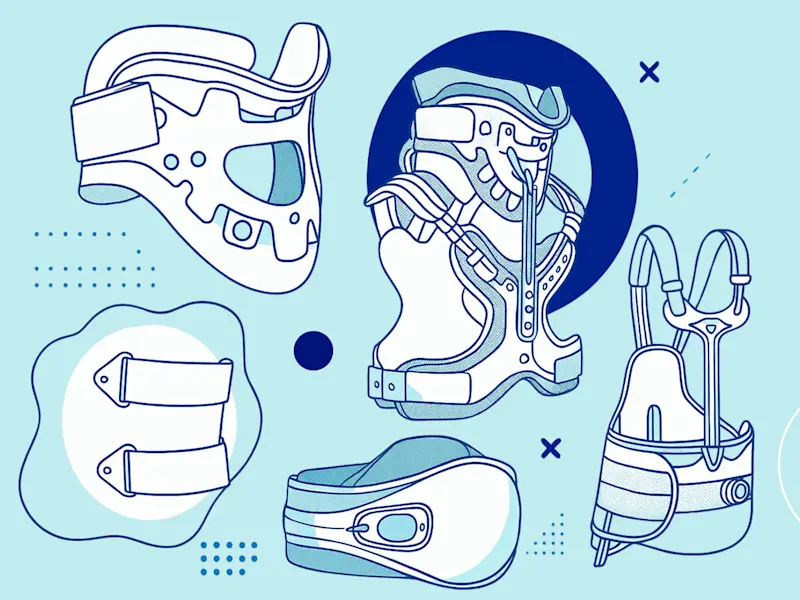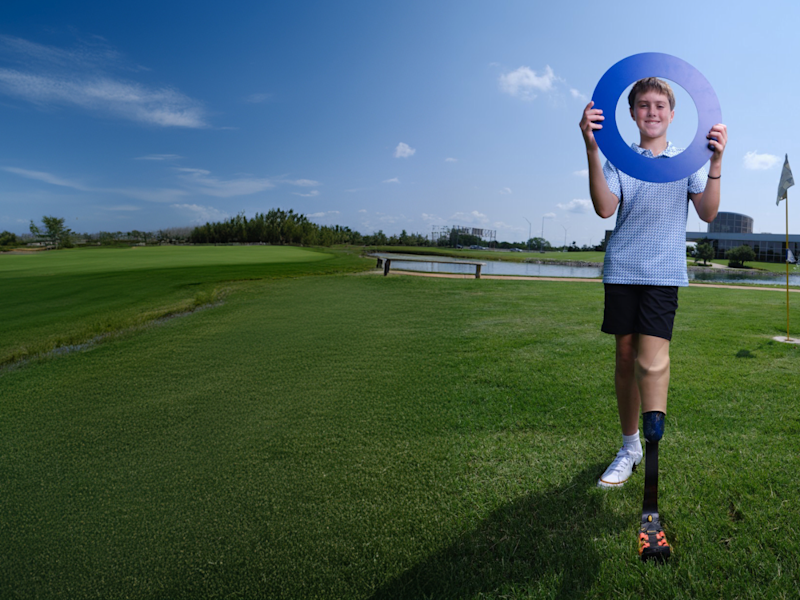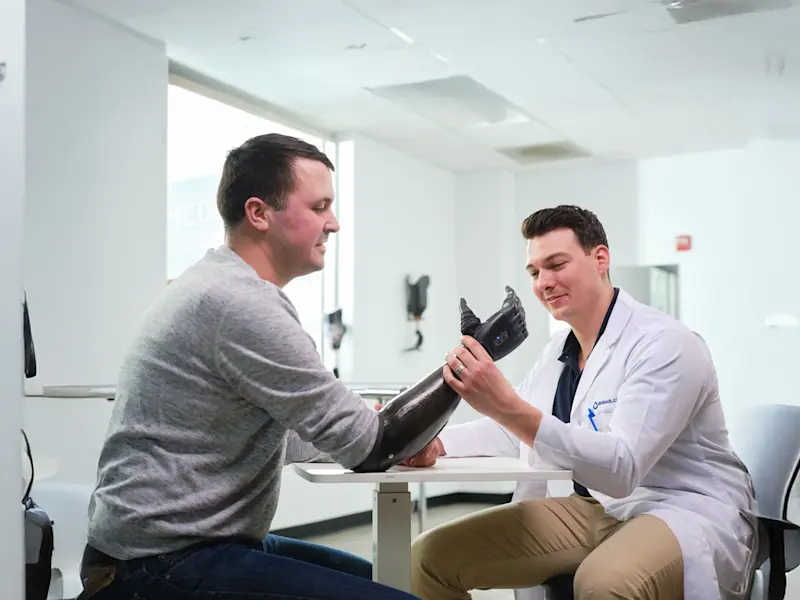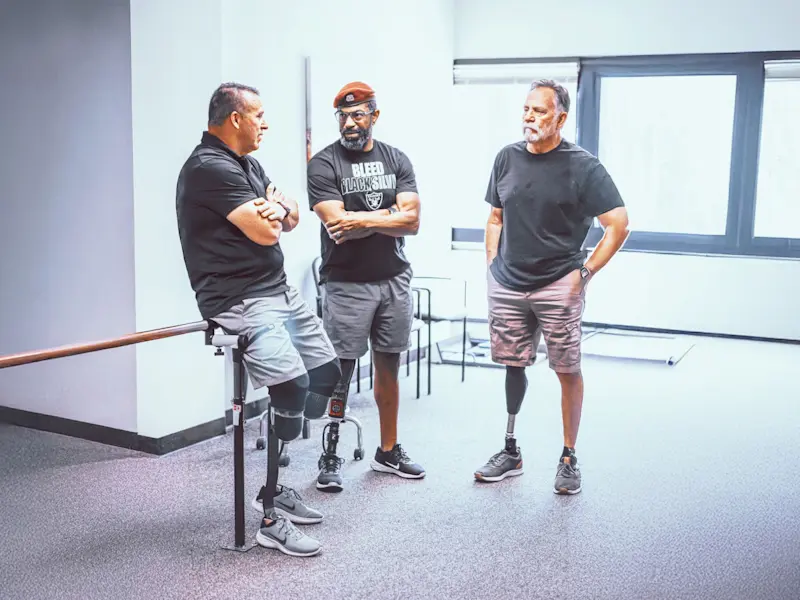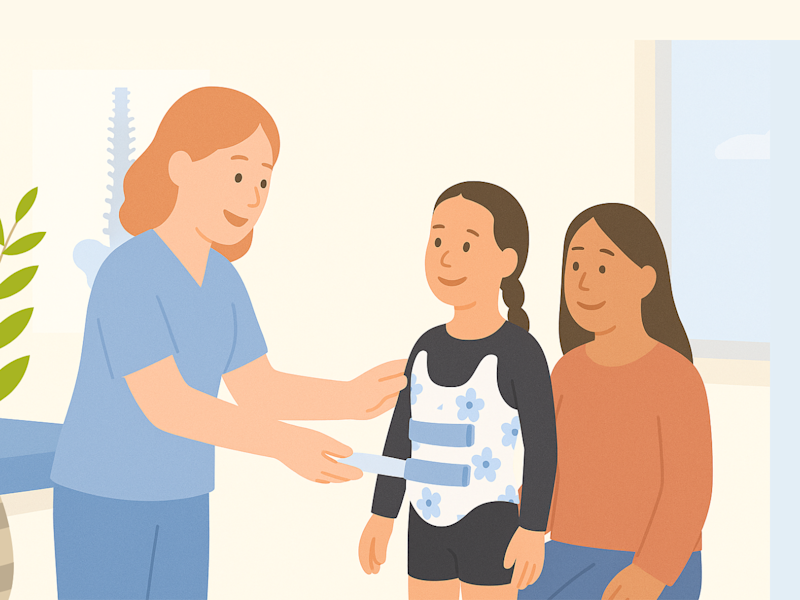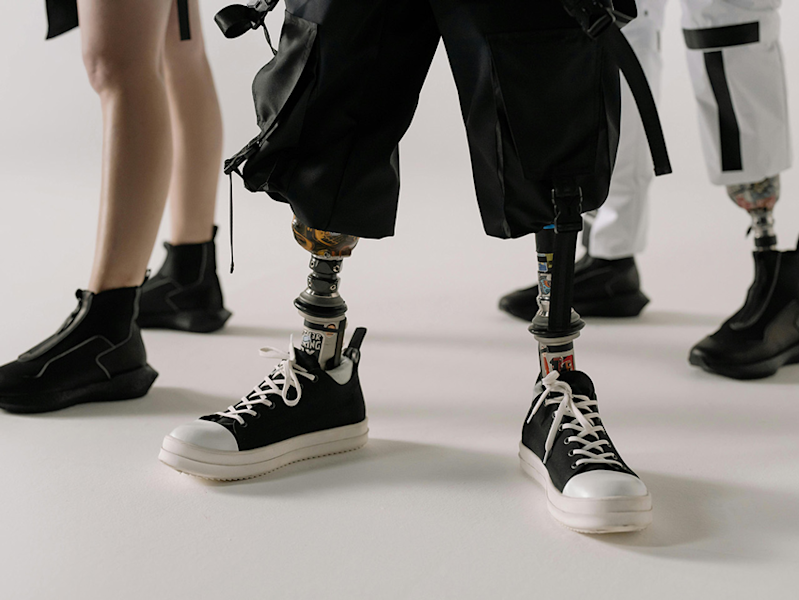Scoliosis in Children: What Every Parent Should Know...and What Comes Next
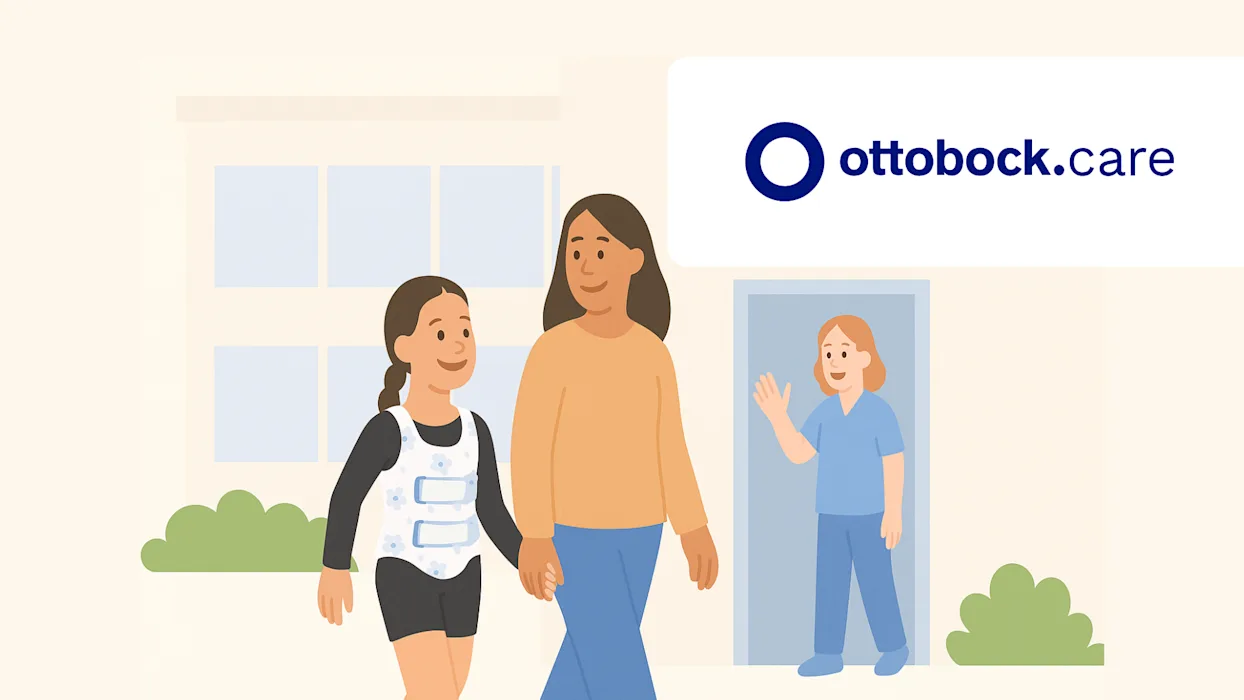
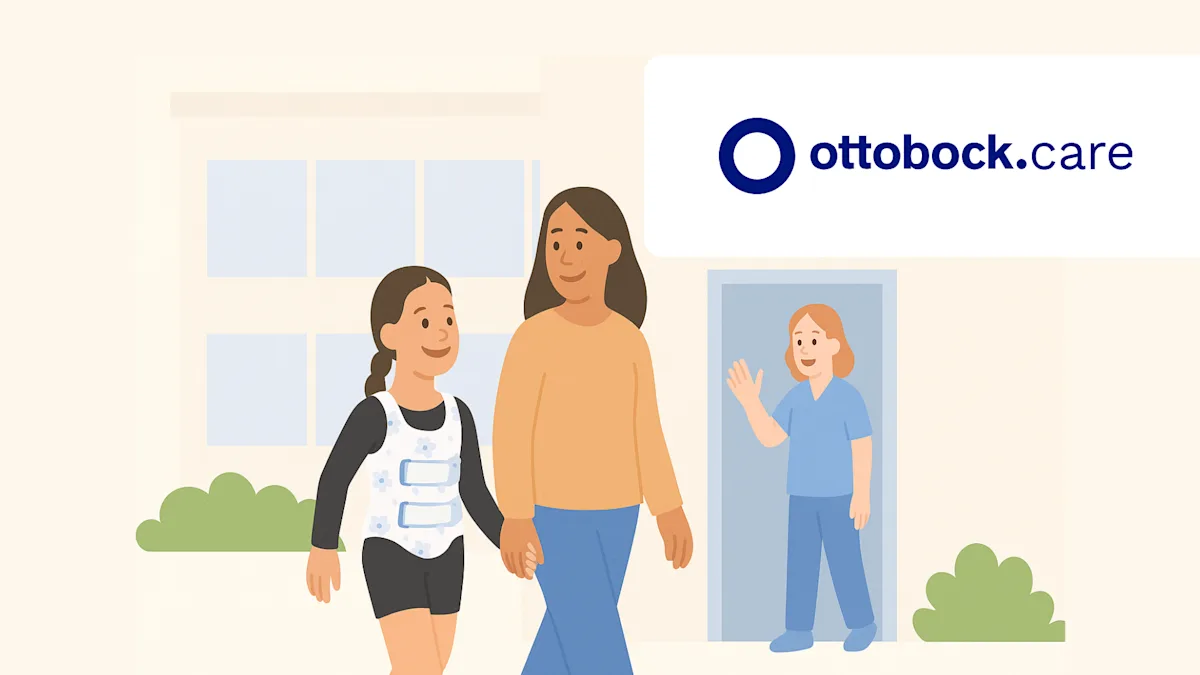
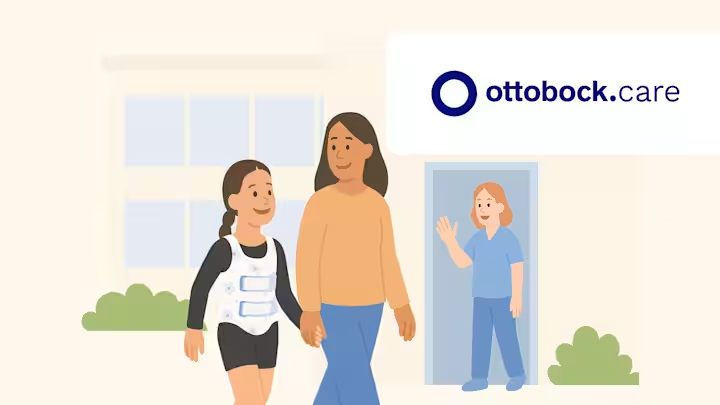
If you’ve just heard the word “scoliosis” at your child’s check-up, you’re not alone... and your child is not without options. Scoliosis is more common than many people realize, and most children with this condition go on to lead healthy, active lives with the right care and support. As we observe Scoliosis Awareness Month, it's important to highlight the prevalence and manageability of this condition.
At Ottobock.care, we understand that this diagnosis can raise questions and emotions. That’s why we created this guide to help you understand how scoliosis bracing works, when it’s needed, and how to support your child every step of the way.
Understanding the Early Signs
Scoliosis often shows up subtly. You may notice uneven shoulders, a tilted waist, or clothes that don’t seem to hang quite right. These signs can be easy to overlook, especially during growth spurts. That’s why regular pediatric checkups and school screenings are important.
Early detection gives your child the best chance at successful, non-surgical treatment - often through bracing.
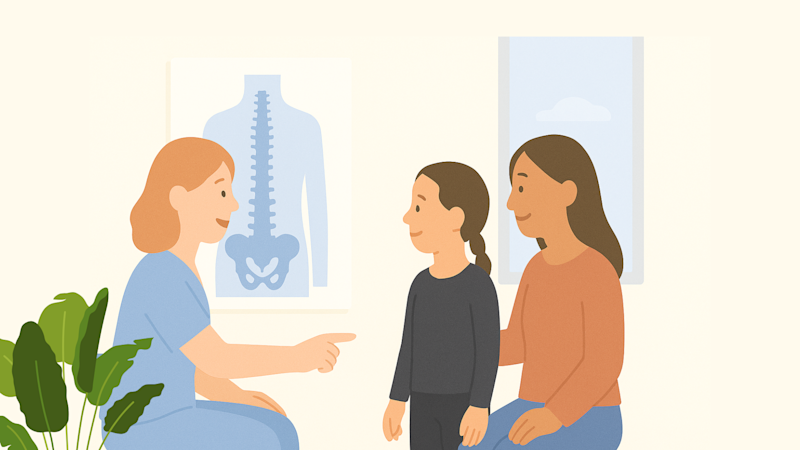
When Is a Brace Needed?
Bracing is typically recommended when a spinal curve measures between 25 and 45 degrees and the child is still growing. At this stage, the spine is more likely to shift as the body develops, making it the ideal time to step in and help guide growth. While bracing doesn’t reverse the curve, they are highly effective (with compliant wear) in slowing or stopping its progression during key growth periods.
Your child’s healthcare team will closely monitor their curve and growth over time, recommending bracing when it’s the right fit for their condition and development stage.
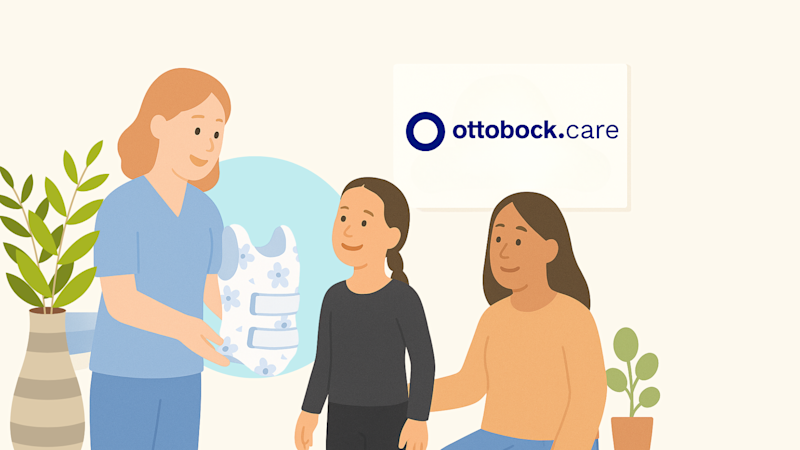
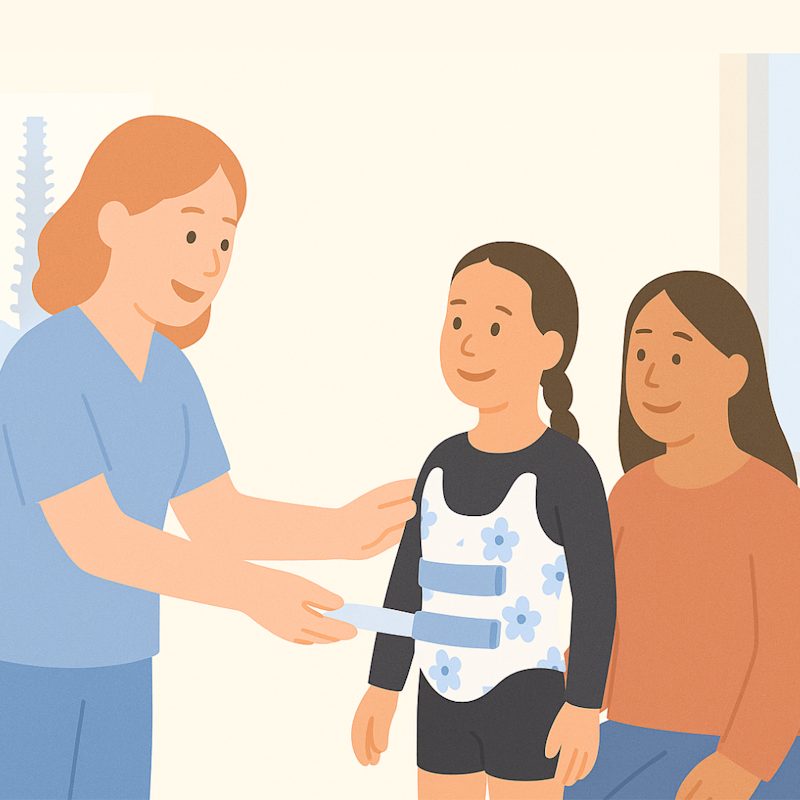
How Scoliosis Bracing Works
A scoliosis brace gently guides your child’s spine into a more stable position during growth. It uses targeted pressure to support the areas of the spine that are curving while leaving room for healthy growth in others. The goal isn’t to straighten the spine completely—it’s to stop the curve from getting worse.
Orthotists—specialists in supportive devices—design each brace to match your child’s unique anatomy, curve pattern, and activity level. Common brace styles include the Boston brace (worn 18 –22 hours a day) and nighttime only braces like the Providence or Charleston bending brace.
Every brace is custom fabricated and adjusted over time to keep up with your child’s growth and comfort needs. At Ottobock.care, we ensure each device is carefully crafted to balance effective support with wearability—because a brace only works if your child can wear it consistently.
Wear Time Matters
For bracing to be effective, it typically needs to be worn between 18 and 23 hours a day. While this can sound intimidating at first, most children adjust with the right support—and studies show that consistent brace use significantly reduces the risk of curve progression and the potential need for surgery.
Our clinical teams help families ease into wear schedules, make necessary adjustments, and build routines that support long-term success.
Supporting Your Child Emotionally
The physical aspects of bracing are only part of the picture. Children may also deal with feelings of frustration, embarrassment, or social anxiety. These emotions are valid—and your support can make all the difference.
Talk openly with your child about how they’re feeling. Normalize the challenges and celebrate their resilience. You can also help them connect with other kids who wear braces, either through peer groups, stories, or even social media channels designed for families navigating scoliosis.
Staying active is also encouraged—many kids continue participating in sports, dance, and other physical activities with guidance from their care team.
A Brighter Path Forward
Scoliosis may feel like a big detour at first, but with the right guidance and care, your child can continue growing with strength, confidence, and independence. A spinal brace is more than a medical device—it’s a proactive step toward protecting your child’s future mobility and well-being.
At Ottobock.care, we’re committed to walking alongside you from diagnosis through every stage of treatment. Our pediatric orthotists take a personalized, compassionate approach—making sure your child’s brace fits well, feels right, and supports the life they want to live.
If your child has been diagnosed with scoliosis or you're seeking expert guidance, we're here to help.
Talk to a pediatric orthotist or find a clinic near you today.
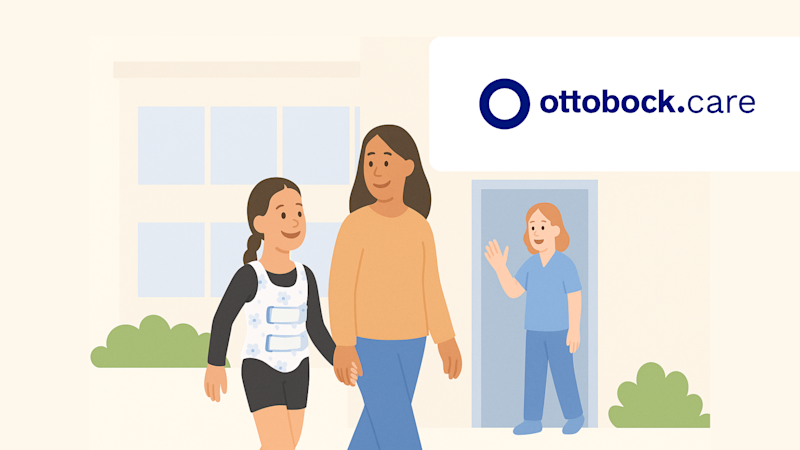
Get a Consultation
Are you ready to take the next step towards improved mobility and comfort? Find an orthotics and prosthetics clinic near you and schedule your appointment today!
